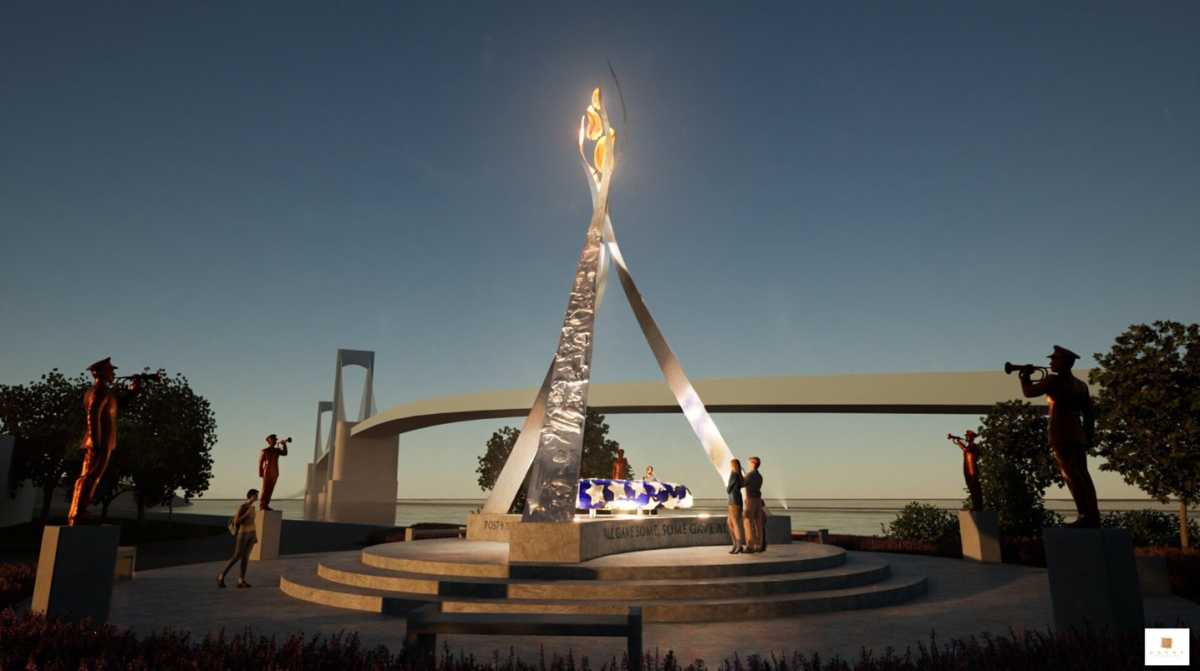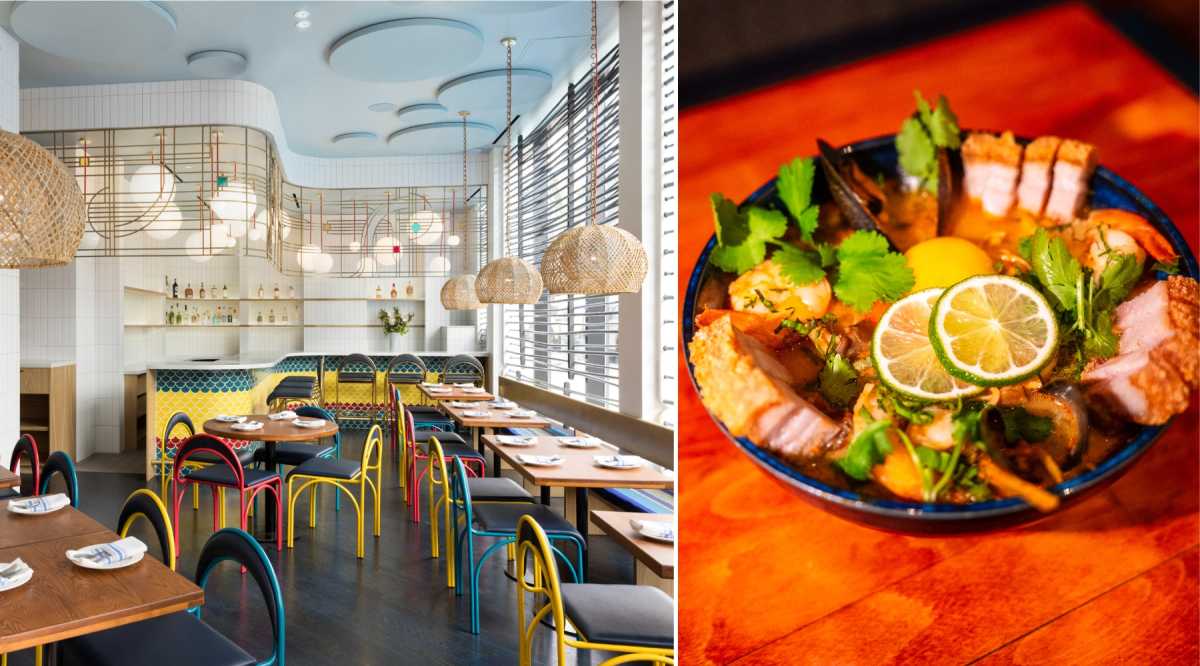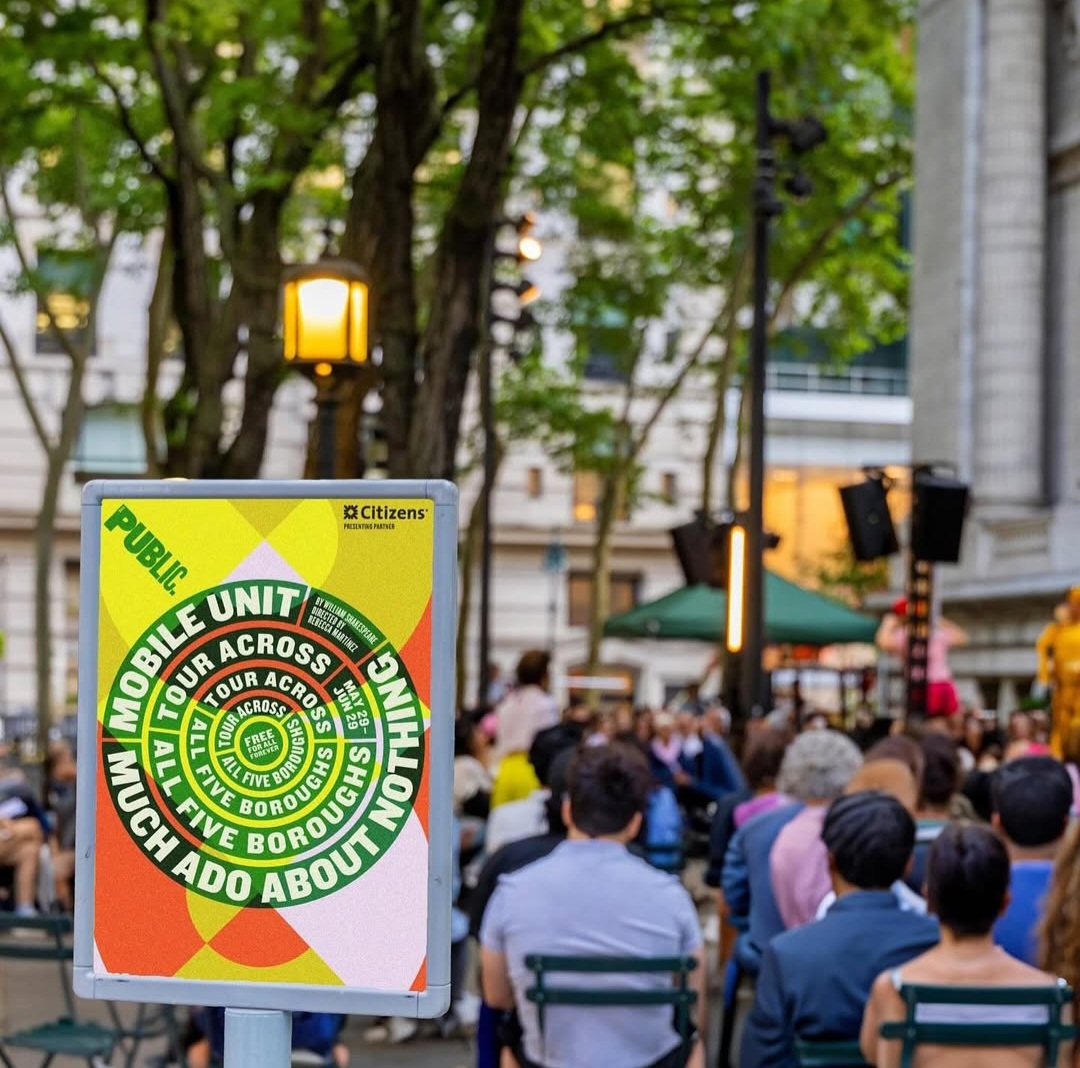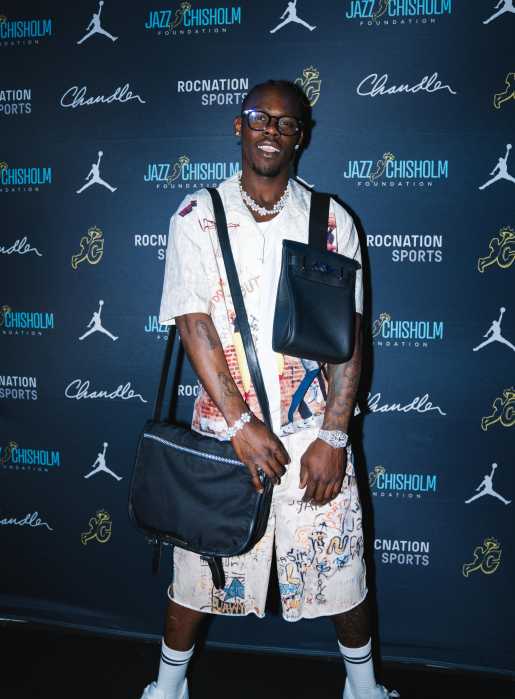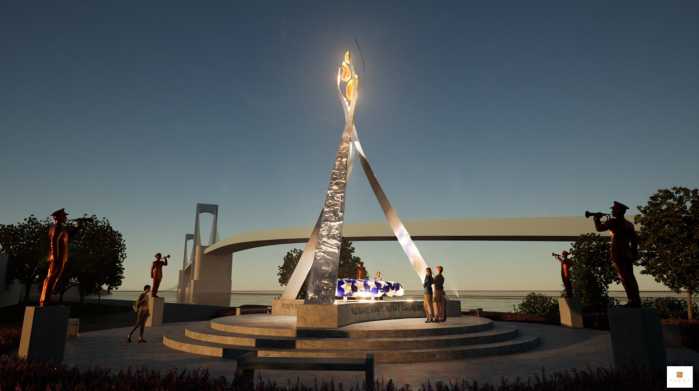By Patrick Hedlund
When Jessica Hart and Nicolas Potts began their search for new Downtown digs this past spring, the fashion model and rock musician told brokers not to bother looking outside their de rigueur Nolita nabe.
Although the couple considered options nearby in Soho, the East Village and Lower East Side, the Australian natives preferred to stay close to their respective jobs, located only blocks from their apartment near Prince and Mott Sts.
But what ultimately brought the pair miles out of their trendy comfort zone — down to the tip of Lower Manhattan, in stroller-heavy Battery Park City — wasn’t serene surroundings or a discounted price.
It was Al Gore.
“That scared me,” said Hart, 21, of Melbourne, Australia, upon seeing the Nobel Prize winner’s documentary on global warming, “An Inconvenient Truth.”
“What he says is what’s going to happen, unless we all do something.”
The couple’s decision to “do something” involved making environmentally friendly, or “green,” features their main priority in choosing a new residence. That included not only adjusting their price range, but also forsaking the only neighborhood they’ve called home since moving to the city a year and a half ago.
“The whole green thing, it was kind of the clincher on the deal,” said Potts, 24, of Sydney, Australia. “I don’t think we would have bought [in Battery Park City] if it wasn’t for green.”
The trend toward green has been cropping up in new development both locally and nationally for years. But in New York City — where location regularly trumps all other aspects of a new purchase — this southernmost Manhattan neighborhood has led the way and become the darling of eco-friendly destinations. B.P.C.’s first green buildings were rentals, but the green market is now hot enough to spur condos.
Two luxe condo developments, the Visionaire and Riverhouse, plan to open in Battery Park City next year. The high-rises will offer upscale living and waterfront views, while still remaining committed to the latest in green technology.
The Visionaire, located at 70 Little West St. near Battery Park, has units ranging from $690,000 for a studio to $4.2 million for a four-bedroom. The 35-story, 251-unit development in the south neighborhood is about 40 percent sold and will open in late summer 2008, according to its sales office.
Riverhouse, located at the northern edge of B.P.C. at 1 Rockefeller Park, has one- to five-bedrooms ranging from $880,000 to $3.43 million. The 32-story, 264-unit building is about 60 percent sold and slated for a late-January 2008 opening, according to its sales office.
Hart and Potts eventually settled on an 820-square-foot one-bedroom in the Visionaire for $940,000. The couple opted to increase their budget for the green features and the chance to live on a higher floor with unobstructed views.
“It was that building… as soon as I saw it on the Internet, I knew I wanted it.” Hart said. “I hadn’t even seen the inside.”
What she discovered once inside the development — which is striving, along with Riverhouse, to achieve unprecedented “platinum”-level LEED certification for a residential building — was an air filtration and humidification system, a water-recycling system, solar paneling, wind-generated power features, an irrigated rooftop garden and eco-conscious interior design elements.
“That was kind of what made the decision in the end,” Hart said. “Once I saw the green [features], there was no turning back.”
Ann Froelich, sales manager for Marketing Directors, Inc., the Visionaire’s exclusive sales agency, said Hart and Potts represent just a small fraction of buyers who put green design atop their list of criteria when looking to purchase. However, buyers know what they’re getting into in the already environmentally forward-thinking neighborhood, and most are “delighted” to learn about green benefits.
“Anybody who’s bought here is fully apprised of the value of buying in a green building,” said Froelich, citing health, utility-cost and resale advantages. “That is something that is the cherry on the top of the cake.”
John B. Gomes, vice president at CORE Marketing Group, sold the two penthouses atop the Visionaire comprising 10,000 total square feet. The buyers, who ponied up about $12 million for the units, were initially lured by a desire for grand space and views, he said. The development’s green features, however, eventually drove the decision.
“He wasn’t looking at the Visionaire because it was green, but in the end, ironically enough, it was the green that sealed the deal,” Gomes said of the buyer, who has a wife and young child. “I think a lot of people like green because it’s socially responsible, but I think what happened here is that the green really sold itself” with respect to its benefits.
The buyer initially didn’t even consider Battery Park City because he felt it was disconnected from the rest of Downtown, Gomes said. Originally, he was focusing on the Financial District and Tribeca, but after glimpses into the two new developments, “it just became a no-brainer,” Gomes added.
At least one Riverhouse buyer chose to relocate from Midtown because of the development’s green features, said Elizabeth Unger, vice president of sales at Corcoran Sunshine, the building’s exclusive sales agent. The buyer was a designer who was taking his business green, but decided to live it as well.
“Battery Park City wasn’t on his radar,” Unger said of the buyer. “He came here for the green and fell in love with the building.”
She added, “Once you go green, you stay green.”
Real estate agent John McClave — who has brokered deals for two families at Riverhouse and lived in B.P.C. for 20 years — also adheres to this philosophy.
A husband and father himself, he understands the effects of green on residents’ health and well-being, which comes through when pitching to buyers.
McClave currently has two deals in contract at Riverhouse — both with families looking to raise children — for about $2 million and $2.5 million, respectively.
But the agent, who rents in the north neighborhood, has also been hunting a unit for his own family in one of the new developments, choosing green as matter of principle over economic benefit.
“For us it’s kind of the icing on the cake,” McClave said of green features coupled with the neighborhood’s quality of life and top-notch schools. “Just looking forward, I would only want to consider things that were green.”
He added that while location will always drive New York buyers over all other factors, green is something that will continue to grow and springboard further innovation.
“If everybody does little bit of payback,” McClave said, “it makes a big difference going forward.”
Patrick@DowntownExpress.com












